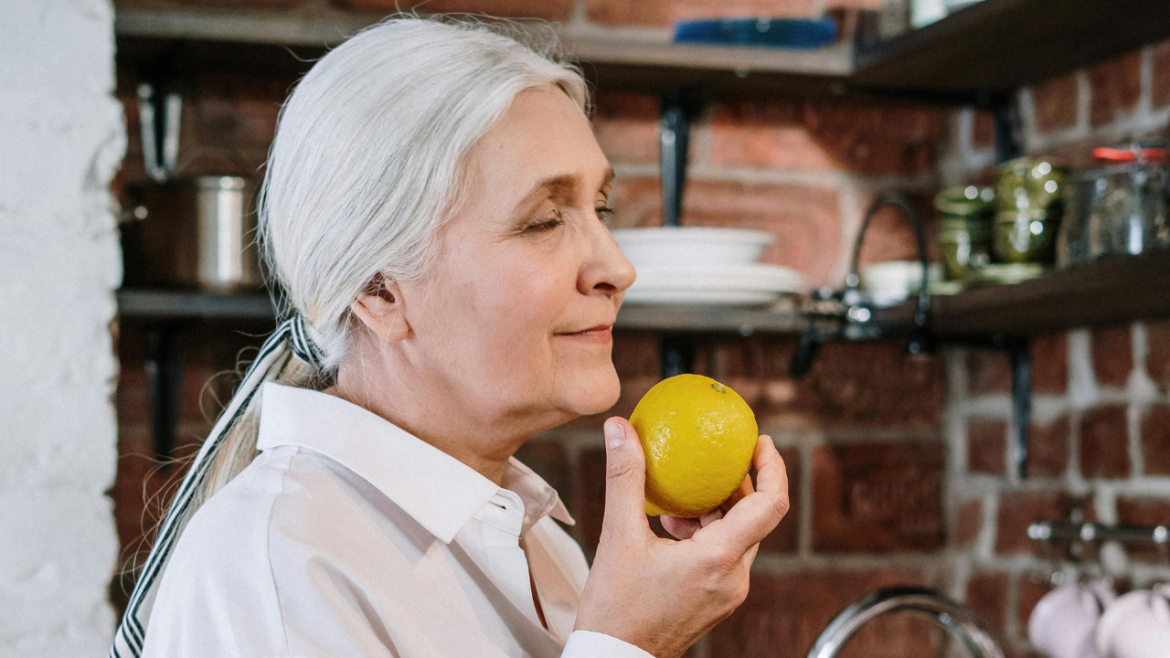How To Deal With High Blood Sugar As A Senior
Did you know that Leading Edge Senior Care has a Dementia Support Group? We meet monthly in Mesa. For more details <click here>
How to Deal with High Blood Sugar as a Senior
As we age, managing our health becomes increasingly important, especially when it comes to conditions like high blood sugar. Also known as hyperglycemia, this condition occurs when there is too much glucose in the blood. For seniors, high blood sugar can be particularly dangerous, leading to complications such as heart disease, kidney damage, and vision problems.
The challenge is further compounded by the fact that the body’s ability to regulate blood sugar naturally declines with age. Understanding the causes, symptoms, and strategies for managing high blood sugar is crucial for maintaining overall health and quality of life.
Recognizing the Symptoms
High blood sugar often develops gradually, and the symptoms may be subtle at first. This can make it difficult for seniors to recognize when their blood sugar levels are too high. Common symptoms include increased thirst, frequent urination, fatigue, and blurred vision. Some individuals may also experience unexplained weight loss, slow-healing sores, or frequent infections. These symptoms can easily be mistaken for other age-related issues, so it’s important to monitor them closely. Recognizing these signs early can lead to prompt treatment and prevent the condition from worsening.
For seniors, it’s especially important to pay attention to changes in how they feel day-to-day. If there’s a sudden onset of any of these symptoms, or if they become more pronounced over time, it’s essential to seek medical advice. High blood sugar is not something to ignore, as it can lead to serious complications if left unmanaged.
Diet: The Foundation of Blood Sugar Management
One of the most effective ways to manage high blood sugar is through diet. For seniors, this means making thoughtful choices about what to eat and when to eat it. A diet rich in whole foods, including vegetables, fruits, whole grains, and lean proteins, can help stabilize blood sugar levels. It’s also important to limit the intake of processed foods, sugary snacks, and refined carbohydrates, which can cause blood sugar to spike.
Portion control is another critical aspect of managing high blood sugar. Eating smaller, balanced meals throughout the day can prevent large fluctuations in blood sugar levels. Seniors should focus on foods with a low glycemic index, as these are digested more slowly and cause a gradual rise in blood sugar. Incorporating fiber-rich foods like oatmeal, beans, and leafy greens can also help regulate blood sugar levels by slowing the absorption of glucose into the bloodstream.
The Role of Exercise in Blood Sugar Control
Exercise plays a significant role in managing high blood sugar, especially for seniors. Physical activity helps the body use insulin more effectively, which in turn lowers blood sugar levels. Even moderate exercise, such as walking, swimming, or gardening, can make a substantial difference in blood sugar control. The key is consistency; regular exercise can help maintain stable blood sugar levels and improve overall health.
For seniors, it’s important to choose exercises that are safe and enjoyable. Low-impact activities, such as yoga or tai chi, can be particularly beneficial, as they improve flexibility, balance, and strength without putting too much strain on the body. Before starting any new exercise routine, it’s advisable to consult with a healthcare provider to ensure that the activities chosen are appropriate and safe, given any existing health conditions.
Medication and Monitoring: Essential Tools
For many seniors, managing high blood sugar also involves taking medication. This could include oral medications that help the body use insulin more effectively or insulin injections for those whose bodies do not produce enough insulin on their own. It’s important for seniors to take their medications as prescribed and to communicate regularly with their healthcare providers about any side effects or concerns.
Monitoring blood sugar levels is also a crucial part of managing the condition. Regular testing can help seniors and their caregivers track how well their treatment plan is working and make necessary adjustments. Many seniors find it helpful to keep a log of their blood sugar readings, along with notes on diet, exercise, and how they are feeling. This information can provide valuable insights during medical appointments and help healthcare providers tailor treatment plans to meet individual needs.
Emotional and Mental Well-being
Living with high blood sugar can be challenging, both physically and emotionally. It’s not uncommon for seniors to feel overwhelmed, frustrated, or anxious about managing their condition. This emotional toll can, in turn, affect blood sugar levels, creating a cycle that can be difficult to break. That’s why it’s important to address not only the physical aspects of high blood sugar but also the emotional and mental well-being of seniors.
Support from family, friends, and healthcare professionals can make a significant difference. Encouraging open communication about fears, frustrations, and challenges can help alleviate some of the emotional burdens. In some cases, counseling or support groups may be beneficial, providing a space for seniors to share their experiences and learn from others facing similar challenges.
Conclusion
Managing high blood sugar as a senior involves a comprehensive approach that includes diet, exercise, medication, and emotional support. By recognizing the symptoms early and taking proactive steps to control blood sugar levels, seniors can maintain their health and enjoy a better quality of life.
It’s important to remember that managing high blood sugar is a journey, one that requires patience, persistence, and the support of loved ones. With the right strategies and mindset, it’s possible to live well and thrive, even with high blood sugar.

